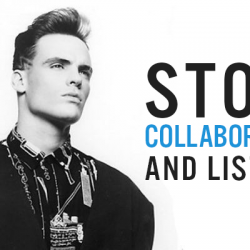Stop meeting and start collaborating!
We have all been there. A meeting arrives in your calendar. It has a good title “New thinking for 2019” and a good attendee list (mix of seniority, mix of departments, generally the hotshots in the company). And you think, YES! this time, we are going to get some sh*t done!! Fast forward 6 hours […]

